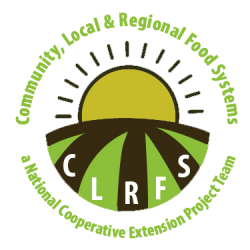By Kari O’Neill and Chris Zdorovtsov, South Dakota State University Extension Community Development
Collaboration is the name of the game when you really want to get things moving on a large scale with an important initiative. Building a local foods system is such an initiative. There are many entities with interest, resources, and education that can and should be mobilized to assist growers and consumers in developing a food system they can navigate through easily.
Getting the right players to

